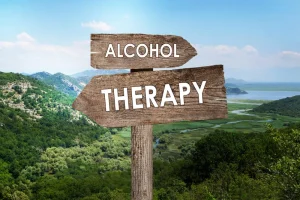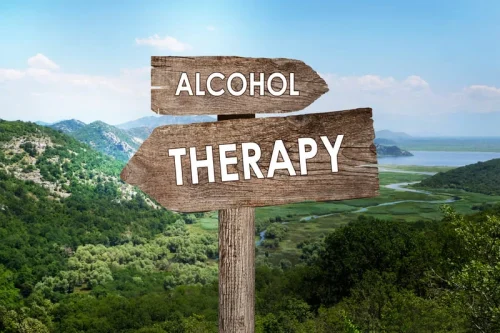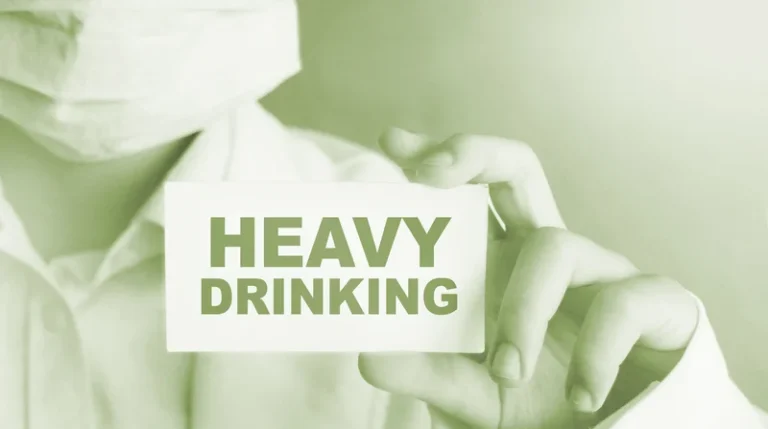
Seizures can occur during withdrawal from alcohol in people with a history of heavy drinking or long-term alcohol abuse. In fact, as mentioned, alcohol withdrawal seizures are the most common cause of adult-onset seizures. It is estimated that 2 million Americans experience the symptoms of alcohol withdrawal each year (1). Generalized tonic–clonic seizures (rum fits) are the most dramatic and dangerous component of the alcohol withdrawal syndrome.

The Role of Laboratory Tests and Imaging in Diagnosing Alcohol Seizures
Benzodiazepine treatment remains one of the most effective methods for preventing seizures and stabilizing the nervous system during alcohol withdrawal. These medications work by stabilizing the brain’s electrical activity, preventing the sudden surges that cause seizures. Medical professionals can help manage withdrawal symptoms and reduce the risk of complications, ensuring a safer detox process. They typically begin within six to eight hours after the last drink and are caused by the nervous system’s overactivity. While tremors may seem minor at first, they can alcohol withdrawal seizure indicate that the body is struggling to adjust, and the risk of seizures may be increasing. Experiencing an alcohol withdrawal seizure is a serious medical emergency that requires immediate attention.
- Therapeutic approaches provide strategies to cope with cravings, develop healthier habits, and tackle underlying issues contributing to heavy alcohol use.
- Medical detox is the first step in recovery, providing a safe and supportive environment to manage withdrawal symptoms.
- Alcohol use disorder (AUD) encompasses a spectrum of drinking behaviors, from risky or harmful use to alcohol dependence.
- Symptoms that you may experience in this stage include confusion, anxiety, irritability, and headache.
Alcohol Withdrawal Seizures: Causes, Symptoms & Management
They also do not cause changes in electroencephalographic (EEG) readings (brain activity tracings). Approximately 90% of alcohol withdrawal seizures occur within the first 48 hours after stopping drinking. As our body adjusts, we might experience physical withdrawal symptoms such as headache, nausea, increased heart rate, tremors, and excessive sweating. As our brain adjusts, we may experience mental and emotional symptoms such as anxiety, mood swings, insomnia, confusion, and hallucinations. When we quit or cut back on alcohol abruptly, we may experience withdrawal, a period of physical and mental Sober living home symptoms occurring as our brain tries to regain balance. The abnormal electrical activity from a seizure can scramble normal activity in our brain, which can impact our consciousness, movement, and behavior.
Cardiac and Respiratory Complications
Alcoholic scoundrel John Raffles, both an abusive stepfather of Joshua Riggs and blackmailing nemesis of financier Nicholas Bulstrode, dies, whose “death was due to delirium tremens” while at Peter Featherstone’s Stone Court property. Housekeeper Mrs. Abel provides Raffles’ final night of care per Bulstrode’s instruction whose directions given to Abel stand adverse to Tertius Lydgate’s orders. American writer Mark Twain describes an episode of delirium tremens in his book The Adventures of Huckleberry Finn (1884). French writer Émile Zola’s novel The Drinking Den (L’Assommoir) includes a character – Coupeau, the main character Gervaise’s husband – who has delirium tremens by the end of the book.
Recent Activity

The aura stage can involve the early stages of a seizure or another warning sign that a seizure is coming. When the seizure begins during the aura stage, it may be called a partial seizure or a simple focal seizure. If it comes with warning signs, you could experience deja vu, intense anxiety, muscle twitches, loss of bowel or bladder control, numbness or tingling, nausea, and confusion. However, if you’re experiencing some of these symptoms, it could also mean you are about to experience a potential symptom that is particular to alcohol withdrawal called delirium tremens.
Behavioral Therapy

It won’t be long after alcohol reaches its half-life that you start to experience withdrawal symptoms. The length of time you were drinking heavily, the amount you would drink regularly, and the amount you drank last. Alcohol withdrawal seizures typically aren’t deadly on their own, but they can lead to dangerous complications. If you’re in a standing position or around dangerous objects, a seizure can cause a potentially fatal accident or injury.
1. Markers useful in the emergency setting
Until the 1980s, it was generally believed that the actions of ethanol on biologic systems largely result from alterations in the fluidity of cell membranes, perhaps, with secondary effects on integral membrane proteins. This idea arose from the recognition that ethanol is a member of a group of anesthetic substances whose potency is related to their lipid solubility in accordance with the Meyer–Overton rule (22). https://ecosoberhouse.com/ More recently, it has been appreciated that some anesthetic actions are stereospecific and that direct protein interactions are likely (23). In most cases, alcohol affects these targets only at high, suprapharmacologic concentrations. However, certain GABAA-receptor isoforms are exquisitely sensitive to alcohol so that functionally relevant effects can occur at concentrations within the intoxicating range (32,33). Our Residential Program provides a structured, supportive environment where patients can focus on their recovery.
How long after you quit drinking may you experience a seizure?
- This proactive approach enhances overall health and helps in the early identification of factors that could lead to alcohol-induced seizures.
- Alcohol withdrawal seizures are serious and potentially life-threatening complications that can occur during the withdrawal phase from chronic heavy alcohol use.
- We have a full range of treatment options, including medical detox, inpatient care, partial hospitalization programming, and intensive outpatient services.
- I thank Prosper N’Gouemo for insights into the physiology of alcohol withdrawal seizures.
- Should symptoms worsen, patients and their support person should be instructed to present to the emergency department for evaluation and further treatment.
In these models, animals are exposed to alcohol by intragastric intubation, inhalation, or feeding in a nutritionally complete liquid diet for periods of 2 to 21 days. The animals exhibit sound-evoked audiogenic seizures or handling-induced convulsions during the 1- to 3-day period after cessation of alcohol intake and may also experience spontaneous generalized seizures. Alcohol withdrawal seizures are one of the most severe complications of alcohol withdrawal syndrome (AWS). They occur when someone who has been drinking heavily for an extended period suddenly stops or significantly reduces their alcohol intake. Preventing alcohol-induced seizures is crucial for managing alcohol withdrawal and ensuring the safety of individuals with a history of excessive alcohol use.